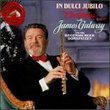| All Artists: Bela Bartok, Leo Weiner, George Enescu, Neeme Järvi, Philharmonia Orchestra of London, Royal Scottish National Orchestra Title: Folk Inspirations Members Wishing: 0 Total Copies: 0 Label: Chandos Release Date: 9/26/2000 Genre: Classical Styles: Historical Periods, Modern, 20th, & 21st Century, Symphonies Number of Discs: 1 SwapaCD Credits: 1 UPC: 095115662526 |
Search - Bela Bartok, Leo Weiner, George Enescu :: Folk Inspirations
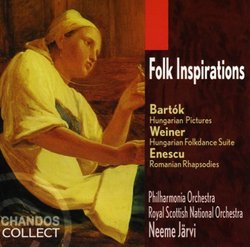 | Bela Bartok, Leo Weiner, George Enescu Folk Inspirations Genre: Classical
|
Larger Image |
CD DetailsSimilarly Requested CDs
|
CD ReviewsHungarian Folk Music Brett A. Kniess | Madison, WI | 10/10/2005 (5 out of 5 stars) "Chandos has compiled 3 works from previous CD's to create one theme CD called Folk Inspirations, achieved with great success.
The CD begins with Bela Bartok's Hungarian Sketches or Pictures. Bartok and Zoltan Kodaly wandered around the countryside of their homeland with nothing but a notebook and a primitive phonograph recorder to record folk songs and traditions. Bartok, and Kodaly, used the melodies, harmonies, and dance rhythms from their tour and put them into their classical musical language. Hungarian Sketches are slices of Hungarian peasant life. Some are re-orchestrated piano works, but all are based on folk songs or dances. Perhaps more transparent than the rest of the works on this CD, each movement is quaint, often humorous, successfully capturing peasant life in Bartok's musical language. You can also find a successful rendering of this work including other complementary Bartok pieces with Ivan Fischer and the Budapest Festival Orchestra. If the Hungarian Pictures are the appetizer of the CD, the two Romanian Rhapsodies by Enescu or Enesco, are the dessert. Both are rather popular in the classical music world, the first especially so. The first rhapsody features clarinet, oboe, and growling viola in the slow opening, which opens into the famous Tres vif. Neemi Jarvi takes the fast section at breakneck speed, yet never loses control. The second rhapsody is more lugubrious than the first, but utterly shimmers with folk harmonies and modes. The crux of this CD is Leo Weiner's Hungarian Folkdance Suite. This is one of the most exciting works I own, and just stumbled upon it by purchasing this CD on a whim. The first movement slaps you in the face with blazing horns and huge orchestra hits, followed by a developed Hungarian melody and a return of the brilliant beginning. Movements 2 & 3 open up with a modal clarinet invocation, but both move into a very exciting scherzo/fanfare for the 2nd, and the 3rd into a heavy march with a melody evocative of Kodaly. The fourth movement opens with screaming strings, the movement progresses into a breathless fashion, never dwelling longer than nessecary, and always providing a twist in harmony and rhythm. Neemi Jarvi really gives exciting performances with both orchestras represented on this disk to works of the folk-inspired genre. All sections of the orchestra speak well and play with great virtuosity; warm textures abound and instruments bite when nessecary. Jarvi rarely langors, but moves the music along, ocassionally stretching out for an off-kilter folk dance feel. This CD is mid-priced and highly recommended, just for the Weiner alone. But with the addition of the other selections represented here by worthwhile composers of the folk idiom, this CD cannot be passed up." |

 Track Listings (11) - Disc #1
Track Listings (11) - Disc #1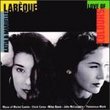
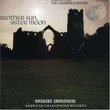

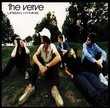
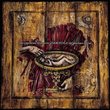

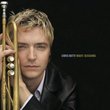
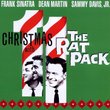
![Across The Universe [Deluxe Edition]](https://nationalbookswap.com/cd//m/51/1251/1241251.jpg)
